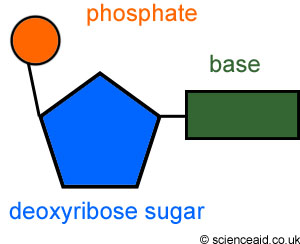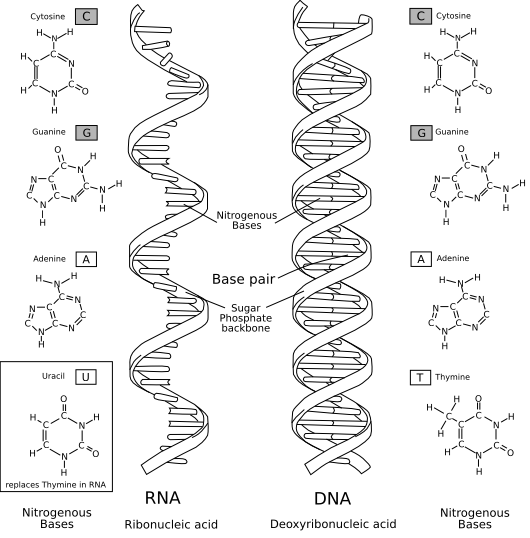Ionic bonding

Ionic bonding usually happens from reaction between metal and non-metal elements. You can see ionic bonding from a compound like NaCl (Sodium chloride). The forces of attraction between oppositely charged ions are called ionic bonds. As you can see in the diagram, Na+(Sodium ion) is a positive and Cl-(Chloride ion) is a negative ion. This is because sodium has lost one of its electron on it’s outer shell and chlorine has gained one electron from sodium element.
Sodium is an element but it becomes ion when it loses it’s electron from the outer shell. Chlorine is also an element – so it becomes negative ion as it gains a electron from the sodium.
An ionic bond (or electrovalent bond) is a type of chemical bond based on electrostatic forces between two oppositely-charged ions.
…………………………………………………………………………………
Covalent bonding
Covalent bonds are forces that hold non-metal atoms together. The forces are formed when the atoms of a molecule share electrons.

As you may know, an atom is made of a tiny core called a nucleus, with tiny particles called electrons traveling about the nucleus. Sometimes when atoms come together, two electrons will start to travel about the nuclei of both atoms. The two atoms then share the pair of electrons.










